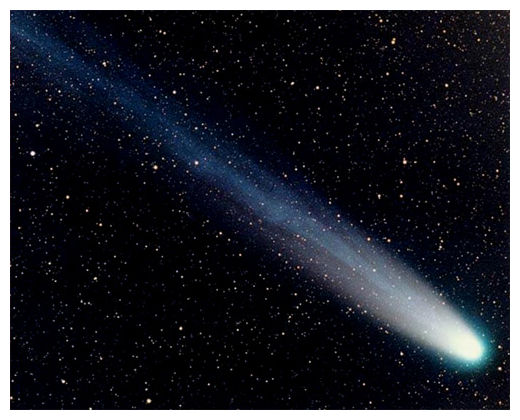
© The Daily Galaxy
In a unique experiment on a galactic scale, millions of bacterial spores have been purposely exposed to space, to see how solar radiation affects them and the results supported the idea that not only could life have arrived on Earth on meteorites, but that considerable material has flowed between planets.
Closer to home, scientists have analyzed aerial dust samples collected by Charles Darwin and confirmed that microbes can travel across continents without the need for planes or trains - rather bacteria and fungi hitch-hike by attaching to dust particles. Their results clearly show that diverse microbes, including ascomycetes, and eubacteria can live for centuries and survive intercontinental travel.
In a paper published in
Environmental Microbiology, Dr. Anna Gorbushina (Carl-von-Ossietzky University, Oldenburg, Germany), Professor William Broughton (University of Geneva, Switzerland) and their colleagues analyzed dust samples collected by Charles Darwin and others almost 200 years ago.
Recent space-centric studies have shown that some rock-inhabiting organisms, known as "endoliths," might be able to survive a trip through space and a plunge through a planet's atmosphere to the surface. However, nobody knew whether these organisms could survive the initial trip into space.
An international team of researchers, led by Gerda Horneck of the Institute of Aerospace Medicine in Cologne, Germany, selected a number of hardy microbes from Earth and tested their ability to hitchhike aboard rocks similar to Martian meteorites.
The organisms used in the study included bacterial endospores, endolithic cyanobacteria and lichens. This selection provided a wider range of organisms than in other studies performed to date, including not just simple bacteria but also more complex eukaryotic organisms.
The researchers looked at previous studies of Martian meteorites that provided information about the kinds of forces needed to eject rocks from a large planet. Using this data, the researchers developed a series of tests designed to simulate these pressures on the selected organisms.
By smashing the life-containing rocks between metal plates, the researchers were able to determine which organisms are capable of surviving different pressures caused by asteroid impacts and ejection into space. Ultimately, they discovered that a wide range of organisms would be capable of surviving impacts on or Earth.
"Our results enlarge the number of potential organisms that might be able to reseed a planetary surface after early very large impact events, and suggest that such a re-seeding scenario on a planetary surface is possible with diverse organisms," the researchers report.
In earlier experiments, Horneck and her colleagues used the Russian Foton satellite to expose 50 million unprotected spores of the bacterium
Bacillus Subtilis outside the satellite. UV radiation from the Sun killed nearly all of the spores, and did so even when the spores were confined under quartz.
To test if meteorites might protect bacteria on their journey through space, Horneck and her colleagues mixed samples of 50 million spores with particles of clay, red sandstone, Martian meteorite, or simulated Martian soil and made small lumps a centimeter in diameter. Between 10,000 and 100,000 spores of the original 50 million survived and when mixed with red sandstone, nearly all survived, suggesting that even meteorites a centimeter in diameter can carry life from one planet to another, if they completed the journey within a few years. In a rock a meter across, bacteria could probably survive for millions of years.
In a separate experiment, another team ran computer models of giant impacts like Chicxulub. In the simulations, millions of large boulders were ejected from the earth. About 30 boulders from each Earth impact even reached Titan, and they entered Titan's atmosphere slower than most meteors hit Earth's atmosphere. Big rocks from Earth have no doubt reached Enceladus, as well.
"That kind of entry should be no problem," agreed Allan Treiman of the Lunar and Planetary Institute in Houston, quoted in New Scientist. Bacteria were found in wreckage of the shuttle Columbia when it re-entered Earth's atmosphere in 2003. And Earthly lichen survived when exposed to the harsh environment of space.
What travels in a comet's tail?